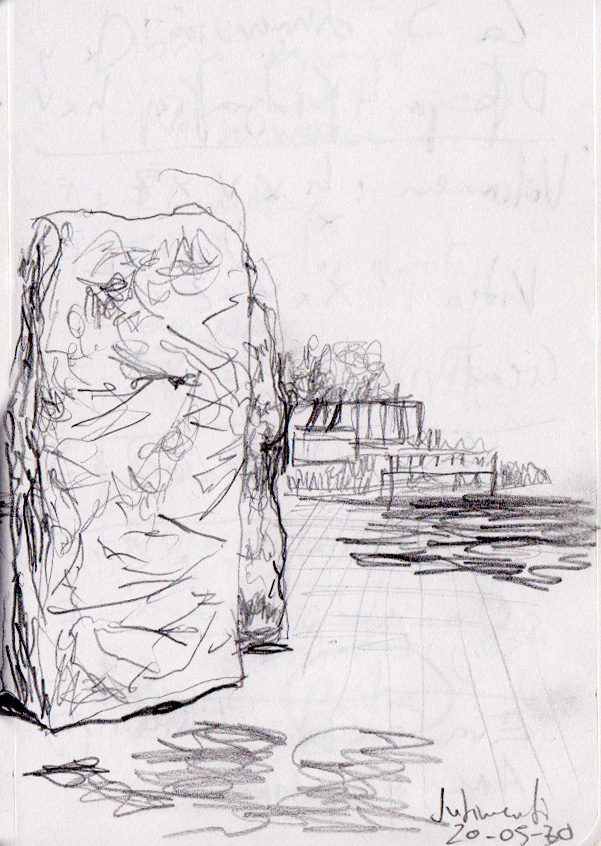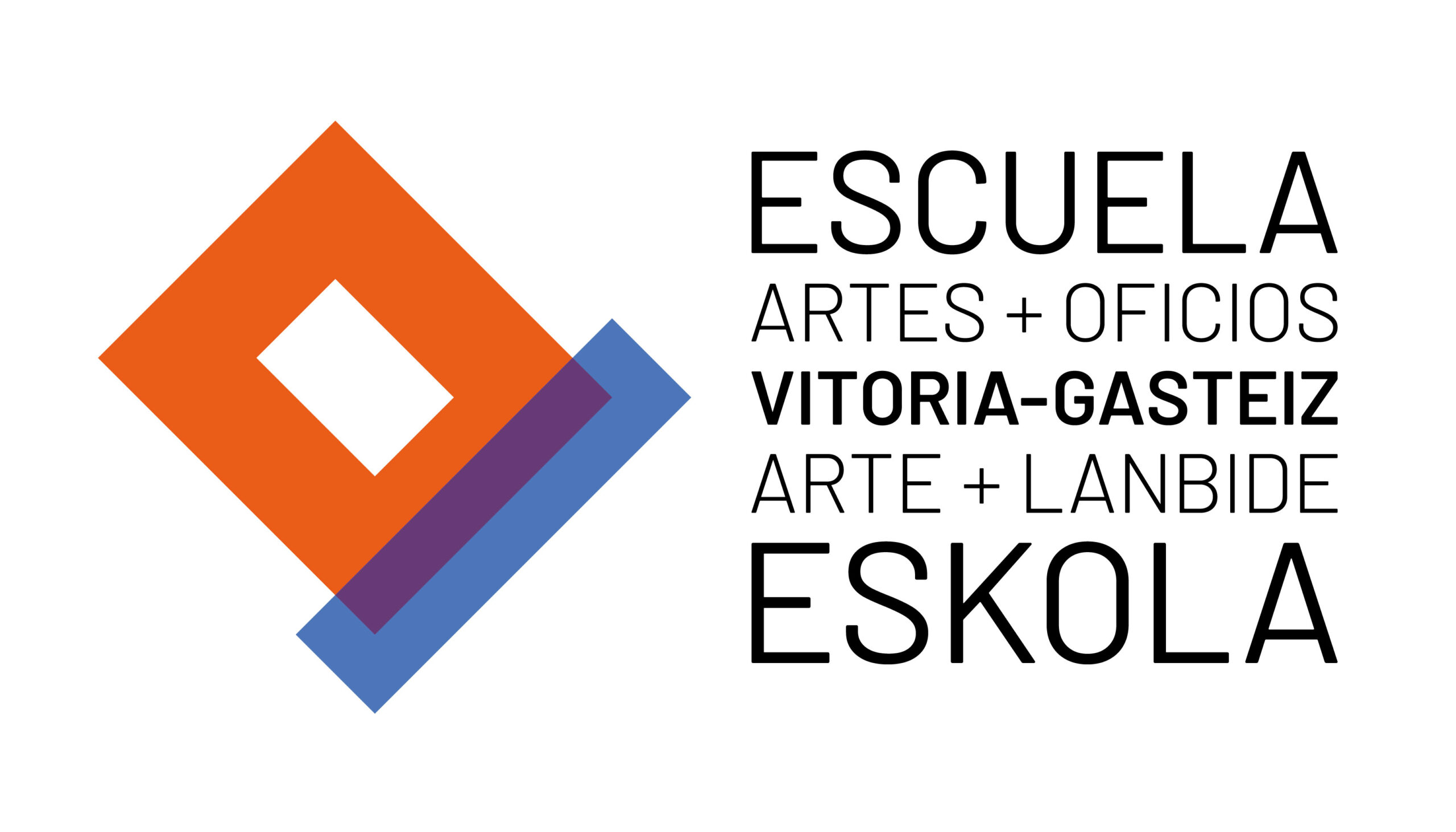
PLEIN AIR
We will approach the drawing of "outdoor" spaces, go out to the nearest park and enjoy representing what attracts us to it.
I suggest a series of strategies. They are ordered, but they do not always follow this development and sometimes overlap at the same time.
- Framing. Define the limits of both my role and the mental viewfinder that delimits what I am interested in representing. I suggest you to mark the limits and, if possible, not to cheat.
- Search for the protagonist. When we stop in front of a space, it is because an element has attracted our attention. It is important to identify it and never forget its hierarchy.
- Composing. We know which are the most interesting points of a sheet, the strength of the lines, where to place the elements based on their importance.
- Scale the elements. When we focus on something, it becomes magnified and, therefore, we tend to enlarge it. It is important not to lose sight of the size relationship between the different elements.
- Attention to detail. Linked to the above, we will focus on different elements or areas and define the level of detail according to hierarchy. The darker or sharper will be more important.
- Look for volumes. Simplify the elements to simple shapes (not always geometric) and "think of them in three dimensions.
- Shade, search for light. It is vital to maintain a light logic. It is not always obvious so I suggest that you look where the light is and build the shadows accordingly (light or not).
- Generate textures. Through the stroke we can suggest materials. This helps to understand the spaces, recognizing "stone", "grass", leaves...".
Remember that what is really important is to enjoy being in the places in a much more intense way than walking or driving through it, for example.
